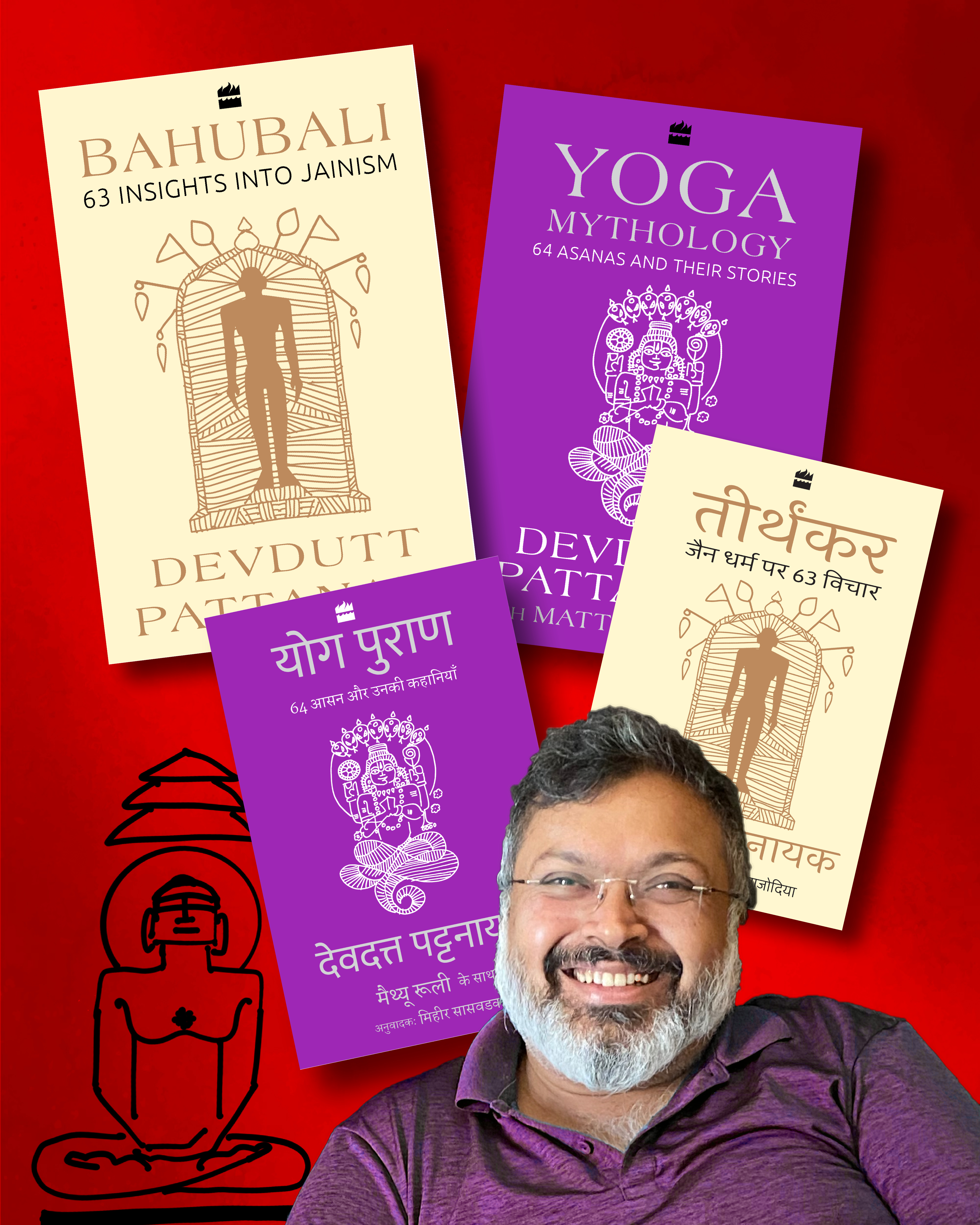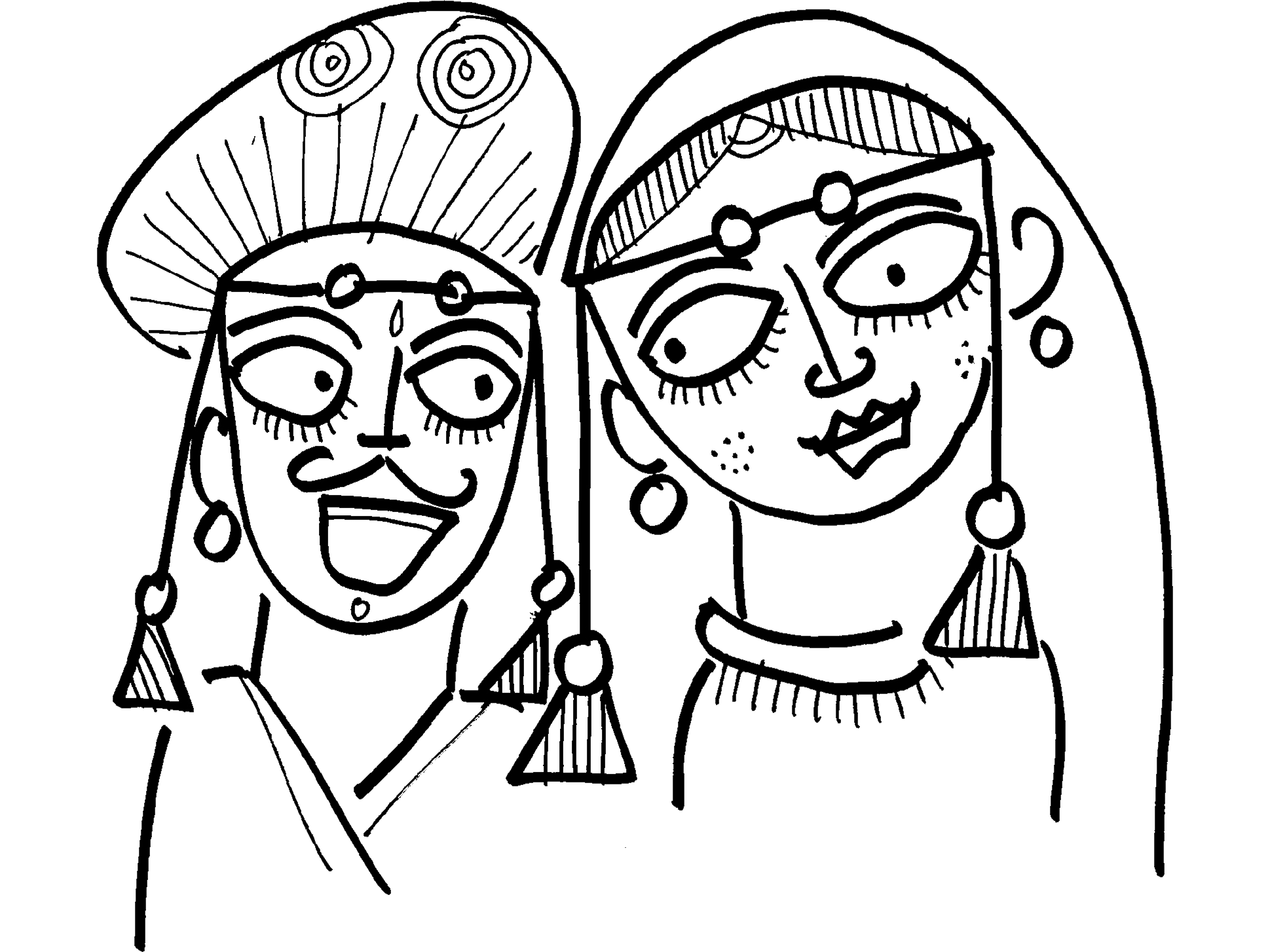Published on 5th April, 2023, in Times of India.
The Puranas are called the fifth Veda, but they are not quite Vedic. We realise this from a single incident that took place in Maharashtra at the start of the 20th century.
During the royal rituals of Shahu Maharaj of Kolhapur, the Brahmin priests chanted Puranic hymns rather than Vedic hymns, arguing the king was not twice-born (dvija). In other words, he was a Shudra. This led to a full-blown controversy on the ideas of purity, caste and hereditary rights, and the idea of Hinduism.
There were great tensions between the Maratha and the Brahmin communities of the region. The king of Kolhapur finally instituted India’s first anti-caste reservation policy, giving half the bureaucratic jobs to qualified non-Brahmins. Thus became the reservation system, positive discrimination to break the domination of Brahmins in civil services.
The Vedas are over 3,000 years old but the Puranas are less than 2,000 years old. As per Hindu lore, after Vyasa compiled and organised the Vedas, Brahma told him to transform Vedic wisdom into stories so that the idea could be passed on to women and Shudras.
This is why he created the Adi Puran, where the story of the Hindu trinity of Brahma, Vishnu and Shiva was first told. This Adi Puran was too complex for people. So, it was divided into 18 Mahapurans. This happened at the start of the Kali yuga.
Geography of the Puranas
Historically speaking, Puranas were composed between 5th and 10th century CE in different parts of India.
The Puranas are very different from Vedic lore. Vedic lore was written between 1,500 BCE and 500 BCE in the northern part of India, especially in the Gangetic plain. Some of the Vedic compositions could have been composed in the Gandhara region, currently in Pakistan. The belt, including Pakistan, Haryana, Uttarakhand, Uttar Pradesh and Bihar, was the Vedic zone.
The Puranas on the other hand, talk of a much wider zone. They emerged when Brahminical ideas were spreading from North India to South India.
We must remember that when the earliest Dharma Shastras speak of Aryavarta, they only talk about the Gangetic plains. Gradually it expands to include North India, between the Vindhyas and the Himalayas. Later, we are told that it includes even the eastern and western seas
But, this doesn’t mean the entire coastline. It probably means only the northern part of the eastern and western coastlines. It is a reference to the belt from the eastern to the western coast that was controlled by the Sathavans between 100 BCE and 100 CE. This is where the trade routes existed. After this period, Brahminical ideas went further south, beyond Deccan, to the river deltas of Kaveri and Vaigai in Tamil Nadu.
It is very difficult to locate exactly where different Puranas were composed. Yet, some people have tried.
North: Vishnudharmottara Purana of Kashmir region, Vamana Purana of Uttarakhand, Varaha Purana of Nepal region
East: Agni Purana of Bihar region, Padma Purana of Padma River in Bengal, Brahma Puran of Odisha
West: Matsya and Markandeya Puran emerged in the Narmada region
South: Brahmavaivarta Purana of Kaveri Delta, Bhagvad Puran of Tamil Nadu. Brahmanda Purana of Southeast Asia
Skanda Puran is a very late Purana and a compilation of stories from different pilgrim sites across India made between the 8th and 12th centuries and some as late as the 17th century. Some of the geographies are:
North: Kedarakhand and Badarika-ashrama-mahatmya of Uttarakhand, Ayodhya-mahatmya and Kashi-khanda of Uttar Pradesh
East: Purushottam-kshetra-mahatmya of Odisha, Gaya-mahatmya of Bihar
West: Kumarika Khanda, Prabhas-kshetra-mahatmya of Gujarat Avantikhanda and Reva-khanda of Madhya Pradesh, Sahyadri-khanda of Maharashtra
South: Arunchala-khanda and Setu-mahatmya of Tamil Nadu, Kaverikhanda of Karnataka, Venkatachala-mahatmya of Andhra
It so happens that even today in the eastern and western parts of India, there are two rivers, both named Vaitarni – one flowing in Odisha, and the other in Maharashtra.
The river Vaitarni, in Puranic lore, refers to the land of the dead. At some time, this probably marked the southern boundary of Arya-varta. Regions further south were probably considered to be the land of barbaric tribes – as dangerous as the land of the dead.
But, with the Puranic traditions, these barbaric tribes gradually became part of the Vedic world. Most importantly, it is from these various communities that the idea of Shiva and Vishnu, temples and the idea of worshipping images by pouring water over them becomes popular.
The Puranas talk about the creation and of the destruction of the world. They talk about the idea of Kalyuga and Pralaya, when the old world comes to an end.
These probably are stories that indicate the end of the old Vedic world. They depict a memory of the Vedic world through stories of the Ramayana and Mahabharata. These were propagated through the Puranas by the Brahmins who took it to every corner of India.
Puranas thus represent a much wider Indian ethos as compared to the Vedas, which were restricted to the northern part of India. But they never acquired the same status as we learn from the incident at Kolhapur.











